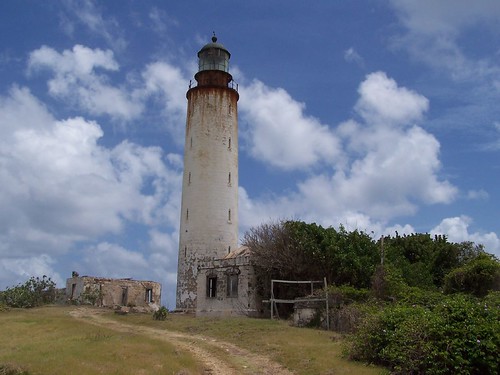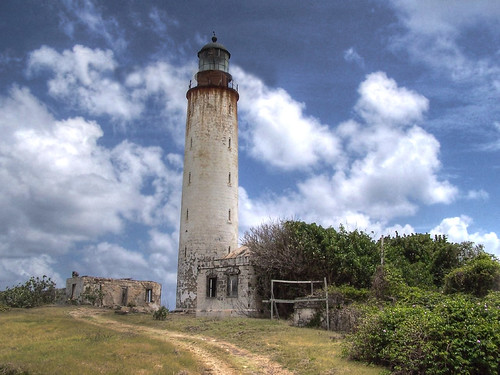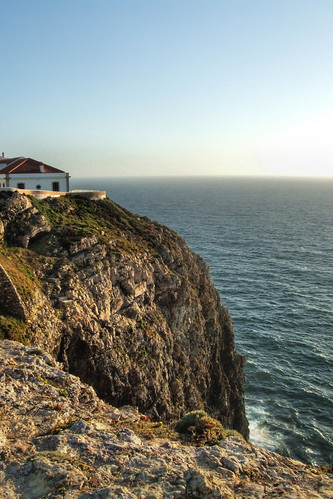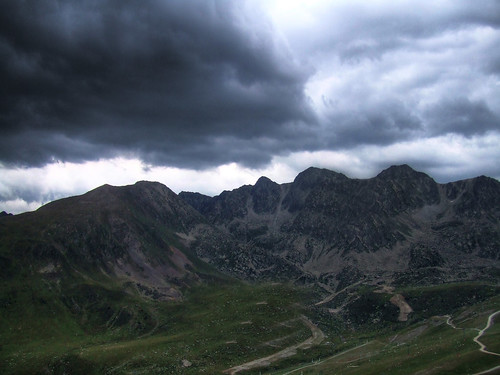- Messages
- 364
- Edit My Images
- Yes
Hi guys, I have started playing around with HDR.
I have read the theory, 3 pictures under exposed / neutral / over exposed then blend them together using software. CS3 or Photomatix.
So far I have only played with existing shot I had from my old camera so, well that will be a later question.
For the purpose of the test, I took a cool picture I had of a lighthouse in Barbados. I used Photoshop to create my 3 images from that original adjusting the exposures levels in Image > Adjustments > Exposure. -3 for the low, as is for the mid and +3 for the high. Then piped these into Photomatix to let it do its thing. The initial output didn't look very good with the default settings but after playing around with them I got something that look okish.
Original picture

HDR

Not quite the stunning change I had hoped for but getting better. I think I exhausted the fiddelable options in Photomatix and the above was the best I could get it.
I'm only using the evaluation of Photomatix hence the watermark but i'll purchase the full version later.
Do you think this is because I was messing with a jpg I had already taken on a older digital camera, then manipulated the exposure levels in Photoshop?
I now have a Nikon D60 which is obviously a much better camera than the one I took this pic with. Unfortunately it doesn't support automatic exposure bracketing so to achieve the HDR effect it will take manual manipulation of the exposure on the camera. No problem just a bit more fiddly and runs the risk of clouds moving etc.
Also would it be better to set the camera output to RAW rather than jpg? There seems to be lots of debate around the subject on the web.
Would starting with a single RAW image, then adjusting the exposures in Photoshop, them piping into Photomatix offer better results?
Any other thoughts on HDR photography?
Cheers ears!
I have read the theory, 3 pictures under exposed / neutral / over exposed then blend them together using software. CS3 or Photomatix.
So far I have only played with existing shot I had from my old camera so, well that will be a later question.
For the purpose of the test, I took a cool picture I had of a lighthouse in Barbados. I used Photoshop to create my 3 images from that original adjusting the exposures levels in Image > Adjustments > Exposure. -3 for the low, as is for the mid and +3 for the high. Then piped these into Photomatix to let it do its thing. The initial output didn't look very good with the default settings but after playing around with them I got something that look okish.
Original picture

HDR

Not quite the stunning change I had hoped for but getting better. I think I exhausted the fiddelable options in Photomatix and the above was the best I could get it.
I'm only using the evaluation of Photomatix hence the watermark but i'll purchase the full version later.
Do you think this is because I was messing with a jpg I had already taken on a older digital camera, then manipulated the exposure levels in Photoshop?
I now have a Nikon D60 which is obviously a much better camera than the one I took this pic with. Unfortunately it doesn't support automatic exposure bracketing so to achieve the HDR effect it will take manual manipulation of the exposure on the camera. No problem just a bit more fiddly and runs the risk of clouds moving etc.
Also would it be better to set the camera output to RAW rather than jpg? There seems to be lots of debate around the subject on the web.
Would starting with a single RAW image, then adjusting the exposures in Photoshop, them piping into Photomatix offer better results?
Any other thoughts on HDR photography?
Cheers ears!




